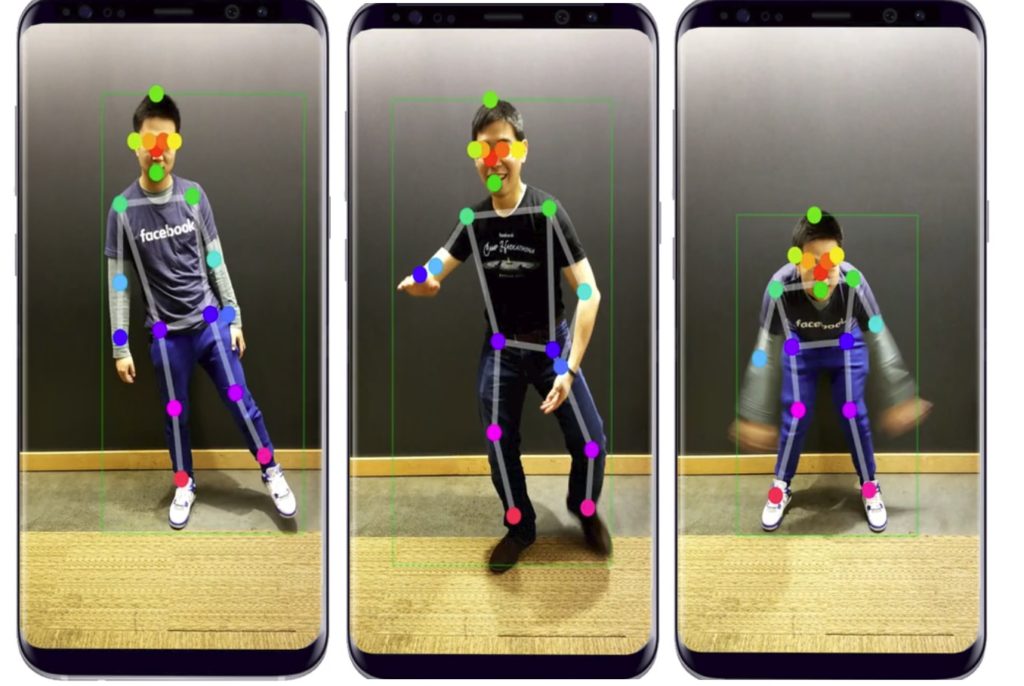Snapchat’s face-altering Lenses have proved extremely popular, not only in terms of usage (Snap says that a third of their 178 million users ‘play’ with Lenses every day), but also in terms of word-of-mouth exposure – people posting pictures of themselves on other platforms, showing them off to friends and gatherings, essentially getting people to try out the app for themselves, based on Lenses alone.

That’s why Facebook copied them, with their own variations of Lenses in the Facebook Camera, Instagram Stories and Messenger Day (RIP).

In some of their more recent iterations, Facebook’s Lens-like tools have even superceded Snapchat, and Facebook was the first to take the advanced step of opening up Lens – or Mask, as they call them – creation to outside developers via their AR Studio.
Facebook has some significant advantages in this regard, with greater resources, more developers – basically more everything to build and create better, more responsive video tools of this type, which could, eventually, relegate Snapchat to second-rate status. Which is where The Social Network’s latest development comes in.
Over on the Facebook Research blog, a new post outlines how they’re developing full-body AR, which would be able to track people’s actions while walking, sitting dancing – even identify the subject when obstructed by other objects.

The tool could have a range of applications – as explained by Facebook:
“Our model is still in research phase at the moment, but it is only a few megabytes, and can run on smart phones in real time. Someday, it could enable many new applications, such as creating body masks, using gestures to control games, or de-identifying people.”
Those would be some pretty handy features – and as with Snapchat, the word-of-mouth potential of such tools would definitely help get more people’s attention.
And while the de-identifying people element will likely concern some (because if it can do the latter, it can also, no doubt, do the former), the option does open up a range of possibilities for advanced AR tools on The Social Network. Already, Facebook’s developing location-locked AR art tools (through their SLAM project), similar to Snapchat’s virtual art installations, while they’re also merging their various camera tools into one, which could lead to a more robust effects toolset across all of their apps.
Imagine people able to not only wear the virtual mask of a superhero, but to create a scene where you’re dressed entirely, head to toe, in their costume, within a real-world scene. Or maybe Facebook could use the tool to virtually place you into your favorite films or sports events (the NBA Slam Dunk comp is coming up soon) – and that’s before you consider the advertising potential of such tools.
As noted, it’s still in development, but it’s interesting to consider where Facebook’s headed with the next phase of AR – and what that could mean for Snap Inc.
